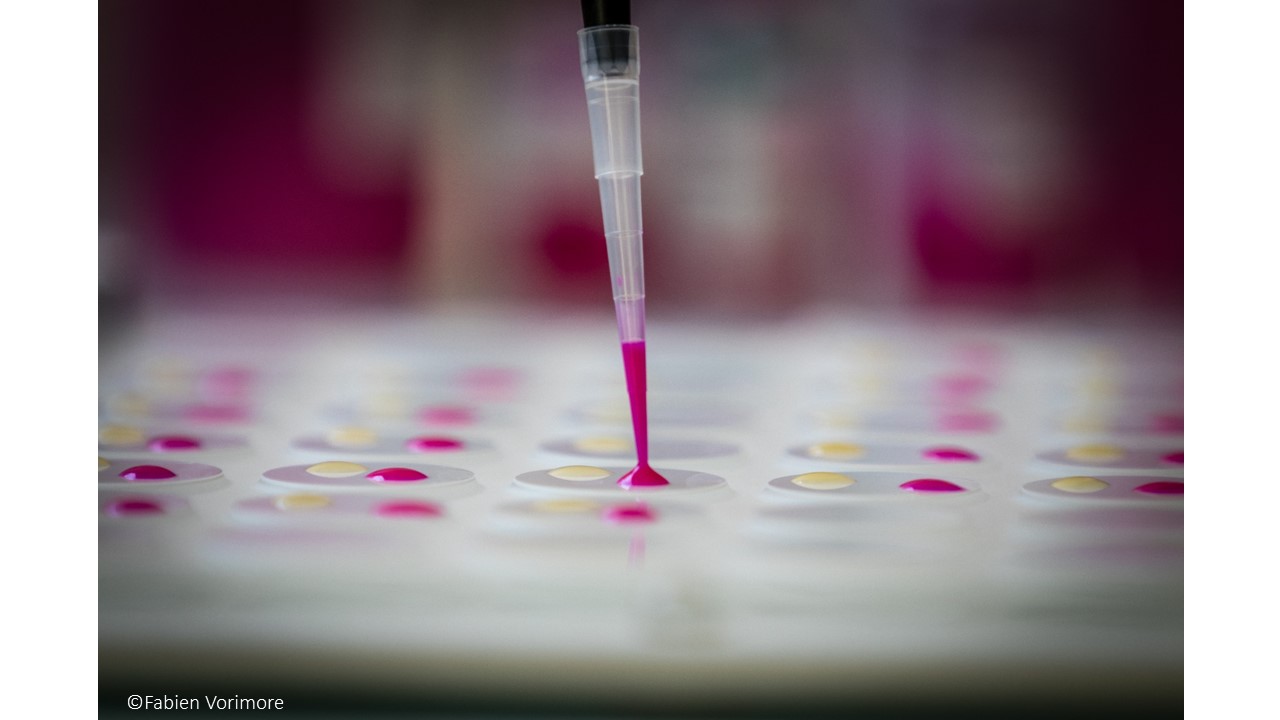Standard Operating Procedures
The EURL provides several Standard Operating Procedures as regards brucellosis serology and bacteriology methods.
Serology methods
Brucellosis Rose Bengal Test - RBT
Brucellosis Complement Fixation Test (EU RL cold technique) - CFT
Control of Rose Bengal, Complement Fixation and Milk Ring-test antigens
Control of indirect ELISA kits serum bovine (Individual serum samples & pooled serum samples)
Control of indirect ELISA kits milk bovine (Pooled milk samples of bovine)
Bacteriology methods
Brucella culture and genus identification
Approved antigens and Kit batches
Search a document
Workshop 2014 - Berlin
 You can find the 2014 EURL workshop report and all the presentations here!
You can find the 2014 EURL workshop report and all the presentations here!
- Agenda administratives issues
- EURL 2014 activity report and 2015 expected activities
- 2014 Brucellosis bovine serum ILPT results
- 2013 Brucellosis bovine milk ILPT results
- 2013 Interlaboratory validation trial EUPBSS & EUBoSS
- Protocol of the ILPT biological controls
- LFIA validation study on small ruminants
- Study on Veronal Buffer replacement (CFT)
- Discussion on NRL activity survey
- Discussion on EURL training topics
Training courses
There is no training course planned at the moment.
